Antiochia ad Cragum Ancient City Antalya
Antiochia ad Cragum's history dates back to the 1st century BC. This region, once used by pirates for hiding and trading, began to develop as a port city with the rise of the Roman Empire. It is believed that the city was named after King Antiochos IV of Commagene. During the Roman and Byzantine periods, Antiochia ad Cragum became an important trade and cultural center, leaving its mark on history with its magnificent structures and mosaics.
Exploring Antiochia ad Cragum, you will come across traces of history at every corner. One of the most remarkable structures is the gigantic mosaic pool, discovered in 2012. This is considered one of the most striking examples of Roman art. Once a socializing area of the city, this structure captivates visitors with its detailed mosaics.
The Agora (Market Square) was the center of trade and social life in the city. Once a gathering place for merchants and locals, it now welcomes visitors, offering glimpses into the ancient past. The Roman Bath, a large bath complex, showcases the water engineering of the era and played a key role in both daily life and social activities. The Ancient Theater, though small, represents the city's cultural and artistic heritage, where performances once brought people together. Lastly, the Temple Ruins, though worn by time, provide insight into the religious life of Antiochia ad Cragum.
Antiochia ad Cragum is not just an ancient city but also a unique discovery spot immersed in nature. While exploring the ruins, you can also enjoy the endless blue of the Mediterranean. Especially at sunset, the site presents a stunning harmony of history and nature.
Entrance Fee: Free
Visiting Hours: 09:00 - 20:00
Address: Nohutyeri Location, Güneyköy Neighborhood, Gazipaşa/Antalya

 English
English
 Türkçe
Türkçe
 русский
русский

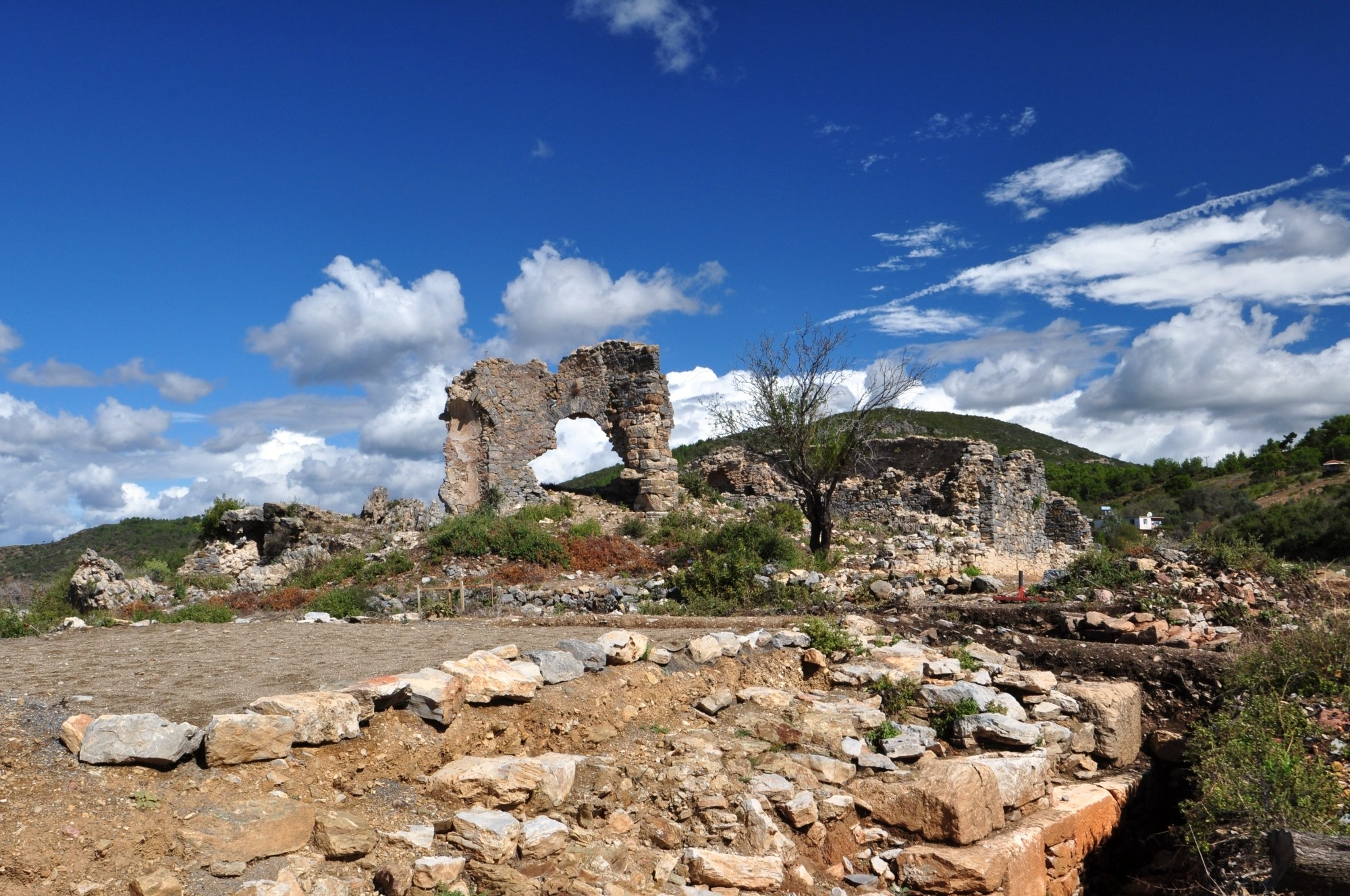
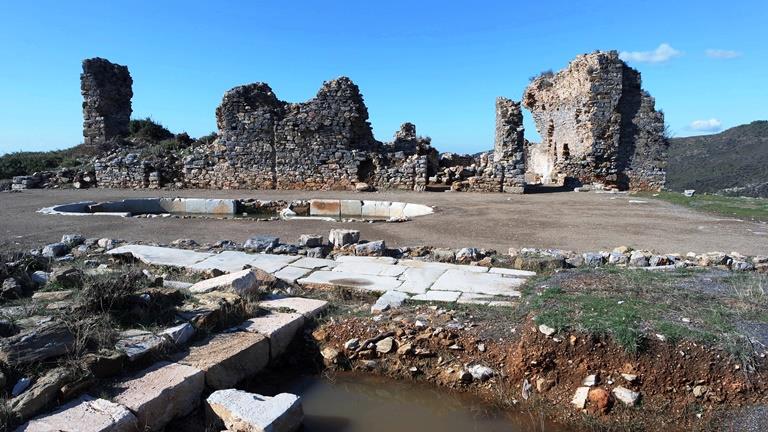
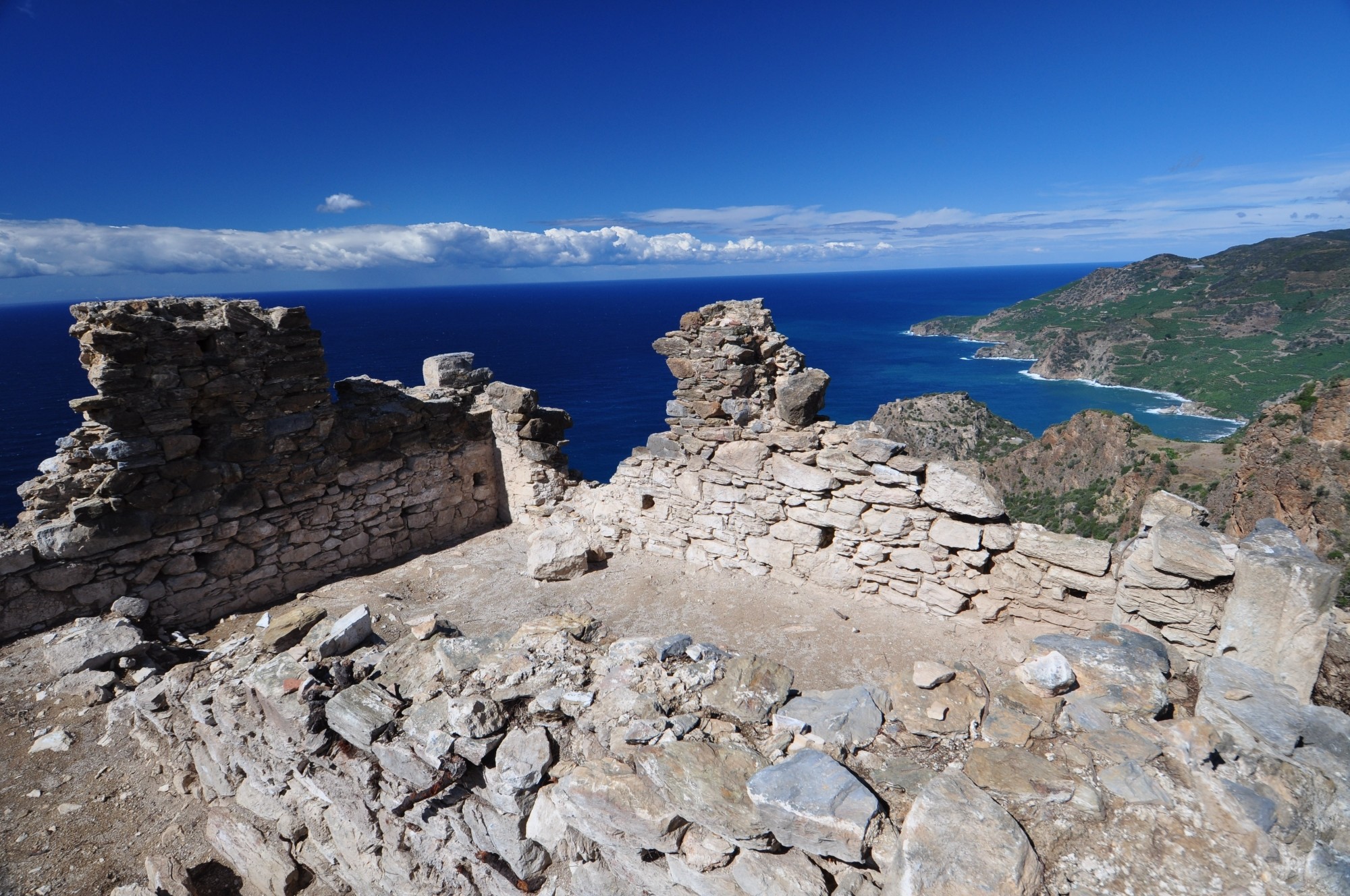
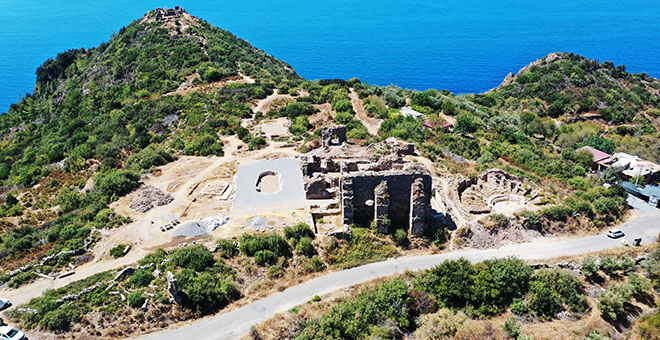
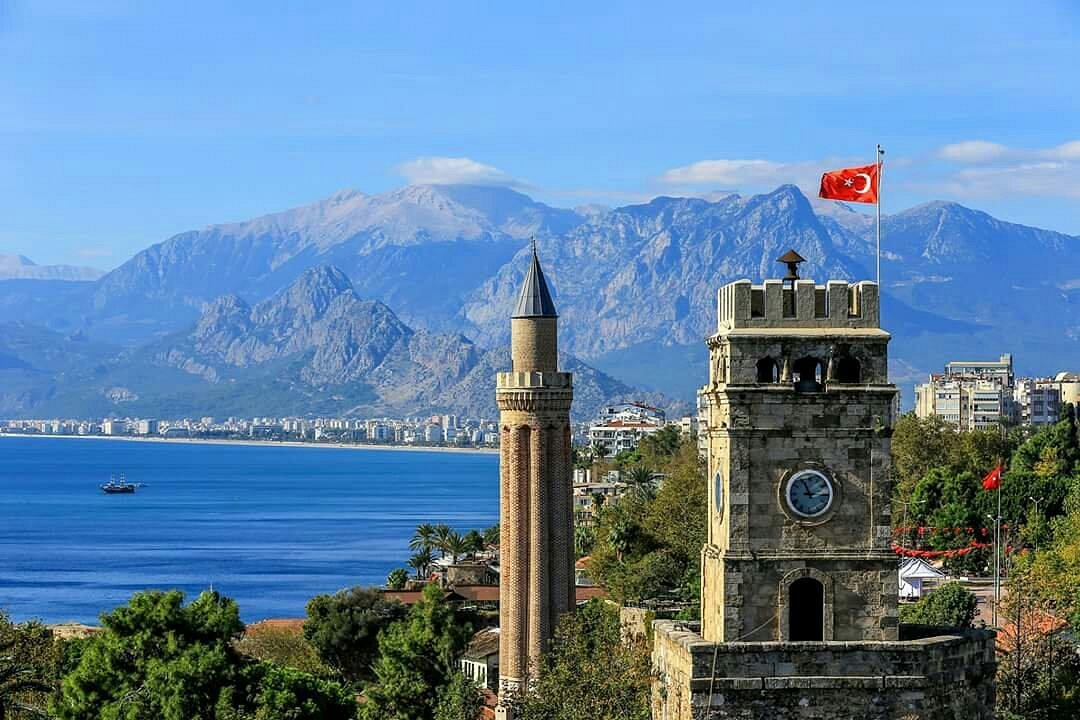



 Home
Home
 Services
Services
 Map
Map
 Competitions
Competitions
 My Account
My Account

